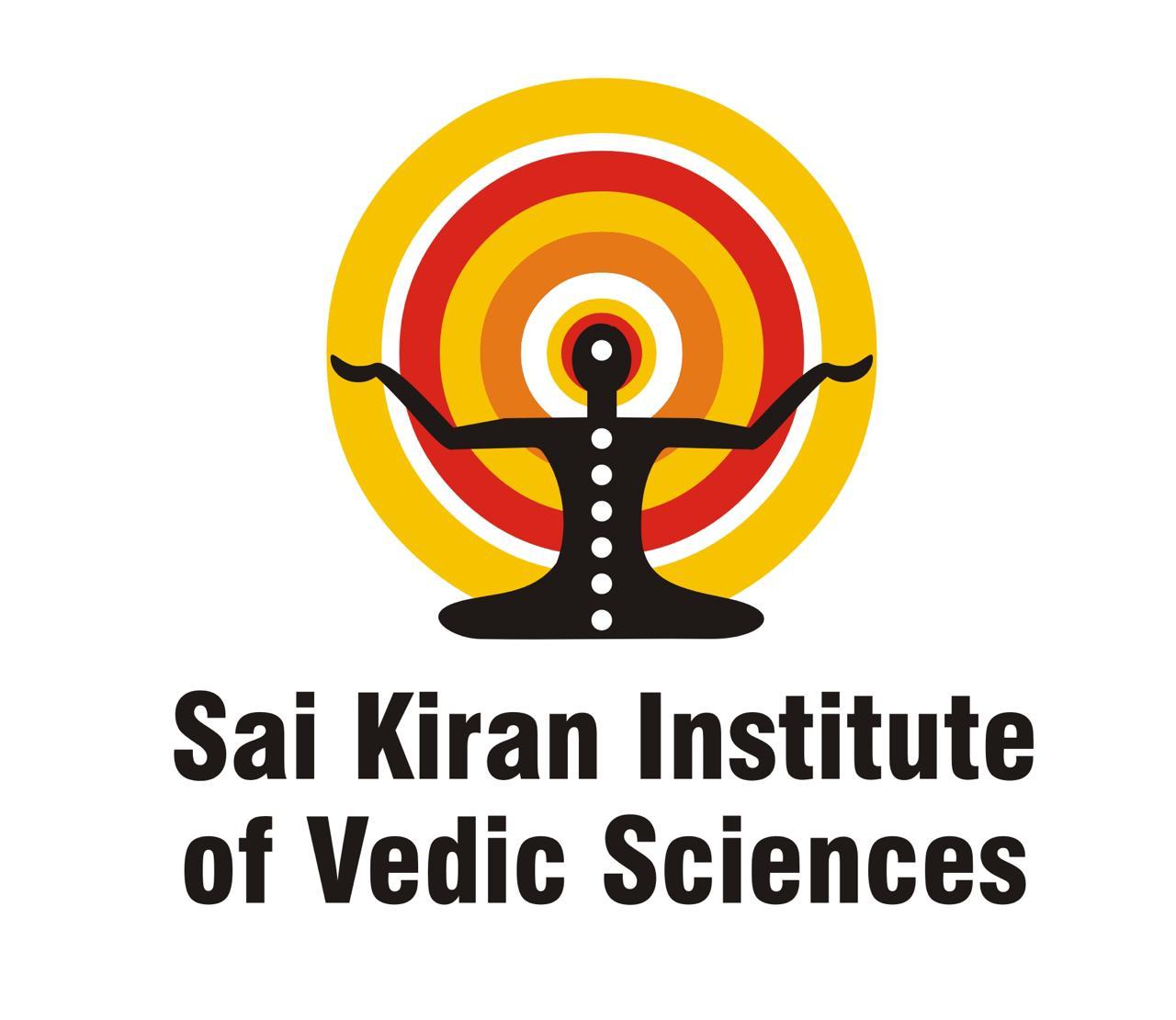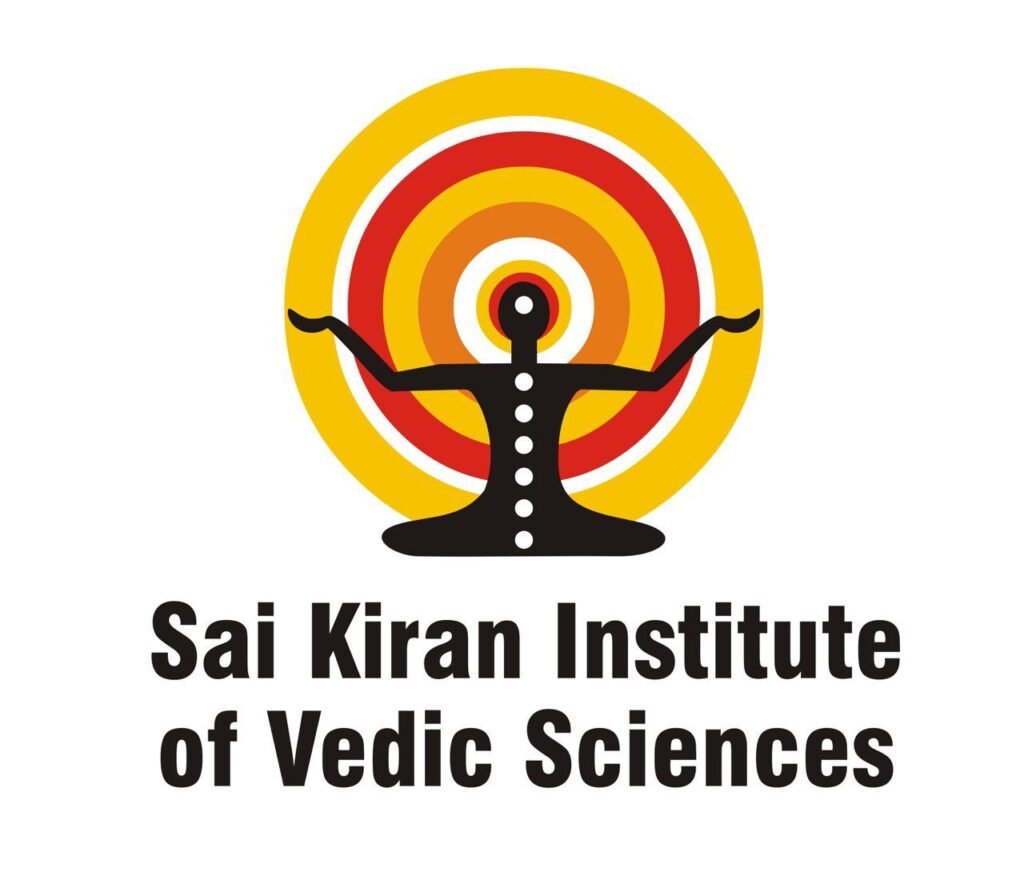How to Develop a Mindfulness Practice for Everyday Life
In the midst of our busy lives, finding moments of calm can feel like an impossible task. Mindfulness, the practice of being fully present and engaged in the moment, offers a way to reconnect with yourself and the world around you. If you’re looking to cultivate a mindfulness practice but aren’t sure where to start, this guide will help you integrate mindfulness into your daily routine and experience its many benefits.

Mindfulness begins with being present. This means paying attention to your thoughts, feelings, and sensations without getting caught up in them. To start practicing mindfulness, you don’t need any special tools or techniques—just a willingness to be fully present. Begin by focusing on your breath. Find a quiet place, sit comfortably, and take a few deep breaths. Pay attention to the sensation of the air entering and leaving your body. When your mind wanders, gently bring your focus back to your breath.
Another effective way to incorporate mindfulness into your life is through mindful eating. This practice involves paying full attention to the experience of eating, from the taste of your food to the sensations in your body. Try eating one meal or snack each day without distractions like TV or your phone. Savor each bite, notice the textures and flavors, and listen to your body’s hunger and fullness cues. Mindful eating can help you develop a healthier relationship with food and enhance your enjoyment of meals.
Mindful walking is another simple way to practice mindfulness. Whether you’re taking a stroll in the park or walking to work, use this time to be fully aware of your surroundings. Notice the sensation of your feet touching the ground, the rhythm of your steps, and the sights and sounds around you. Walking mindfully can turn a routine activity into a moment of calm and reflection.
Incorporating mindfulness into your daily routine can also involve mindful listening. When you’re talking to someone, give them your full attention. Listen without planning your response or getting distracted by your own thoughts. This practice not only improves your relationships but also helps you stay present in the moment. Try to be fully engaged in conversations and listen with an open and non-judgmental attitude.
Another effective mindfulness practice is body scan meditation. This technique involves paying attention to different parts of your body from head to toe. Start by sitting or lying down in a comfortable position. Close your eyes and focus on each part of your body, starting at your head and moving down to your toes. Notice any sensations, tensions, or areas of relaxation. The body scan helps you connect with your body and release physical and emotional tension.
Mindfulness in daily tasks is a great way to integrate mindfulness into your life. Choose a routine activity, such as brushing your teeth or washing dishes, and focus on the experience. Notice the sensations, smells, and sounds associated with the task. By practicing mindfulness during everyday activities, you can find moments of calm throughout your day.
It’s also important to set aside time for formal mindfulness practice. This can include mindfulness meditation sessions or attending a mindfulness class. Set aside a specific time each day for your practice, even if it’s just 5-10 minutes. Consistency is key, so find a time that works best for you and stick to it.
To support your mindfulness journey, consider using mindfulness apps or guided meditations. There are many apps available that offer meditation exercises, mindfulness reminders, and relaxation techniques. Find one that resonates with you and incorporate it into your daily routine.
Another way to deepen your mindfulness practice is through journaling. Reflect on your mindfulness experiences, noting any insights, challenges, or changes you’ve noticed in yourself. Journaling helps you track your progress and deepen your understanding of mindfulness.
Finally, remember that mindfulness is a practice, not a perfection. It’s normal for your mind to wander or for you to have days when mindfulness feels difficult. The key is to approach your practice with patience and self-compassion. Acknowledge your thoughts and feelings without judgment and gently bring your focus back to the present moment.
By integrating these mindfulness techniques into your daily life, you can develop a practice that supports your mental and emotional well-being. Mindfulness helps you manage stress, improve focus, and enhance your overall quality of life. Whether you’re just starting out or looking to deepen your practice, there are many ways to bring mindfulness into your routine and make it a meaningful part of your life.

